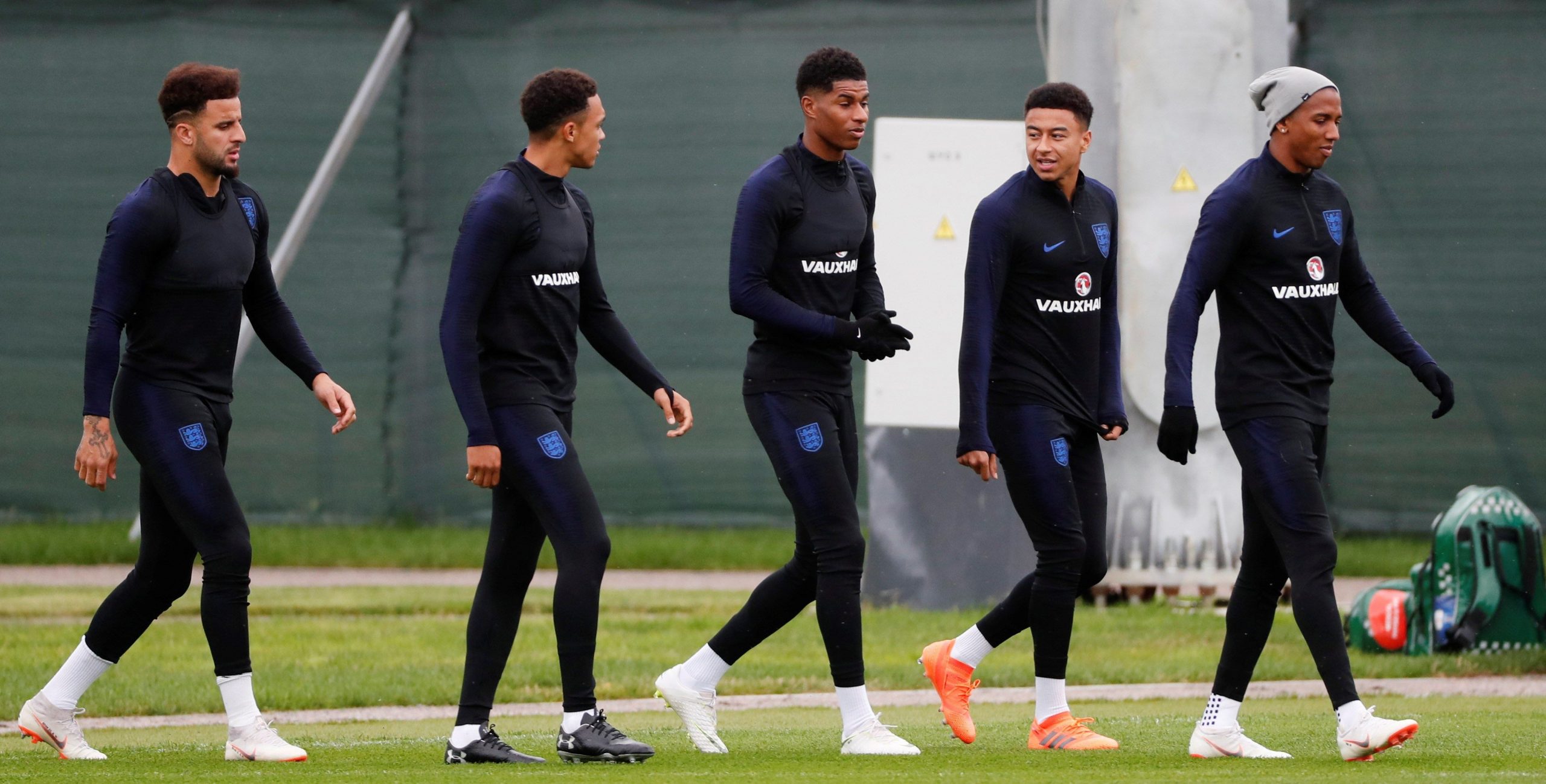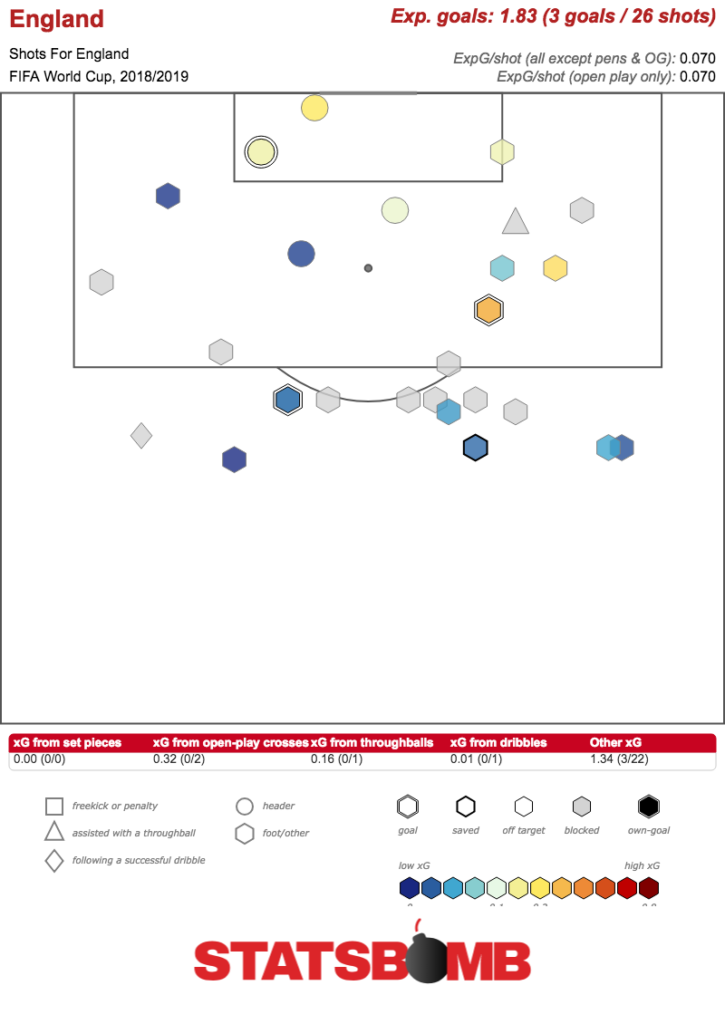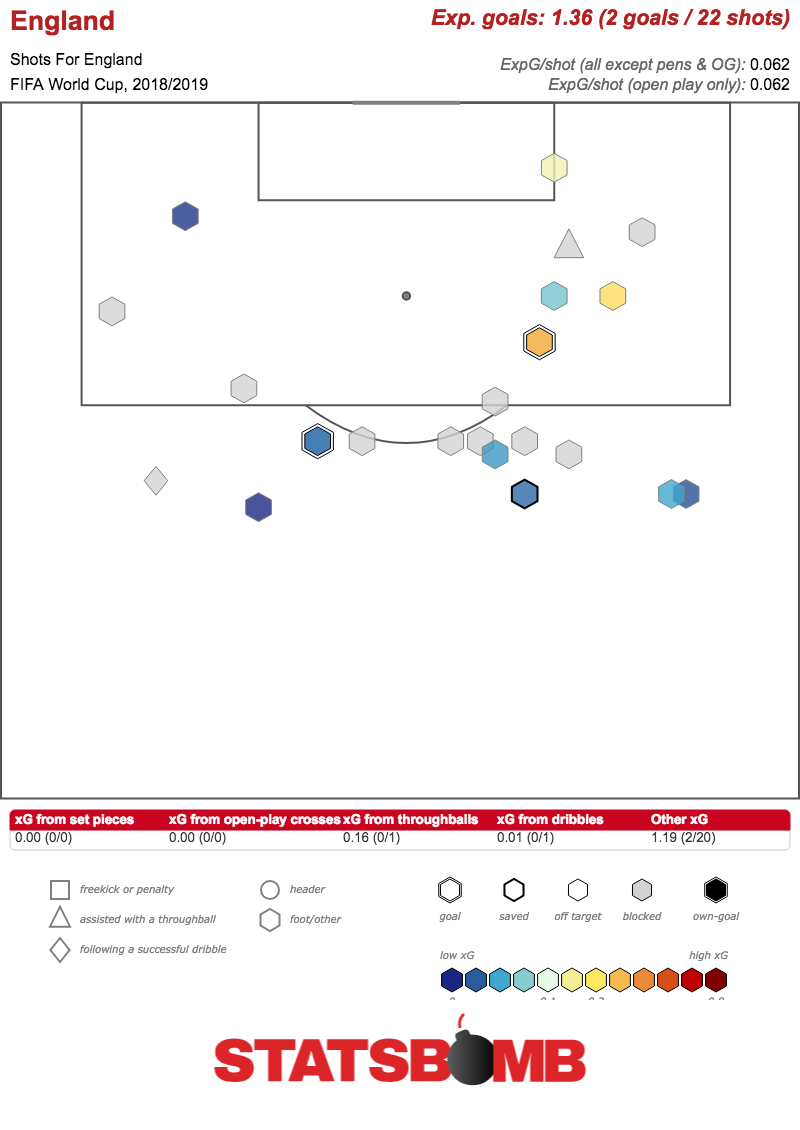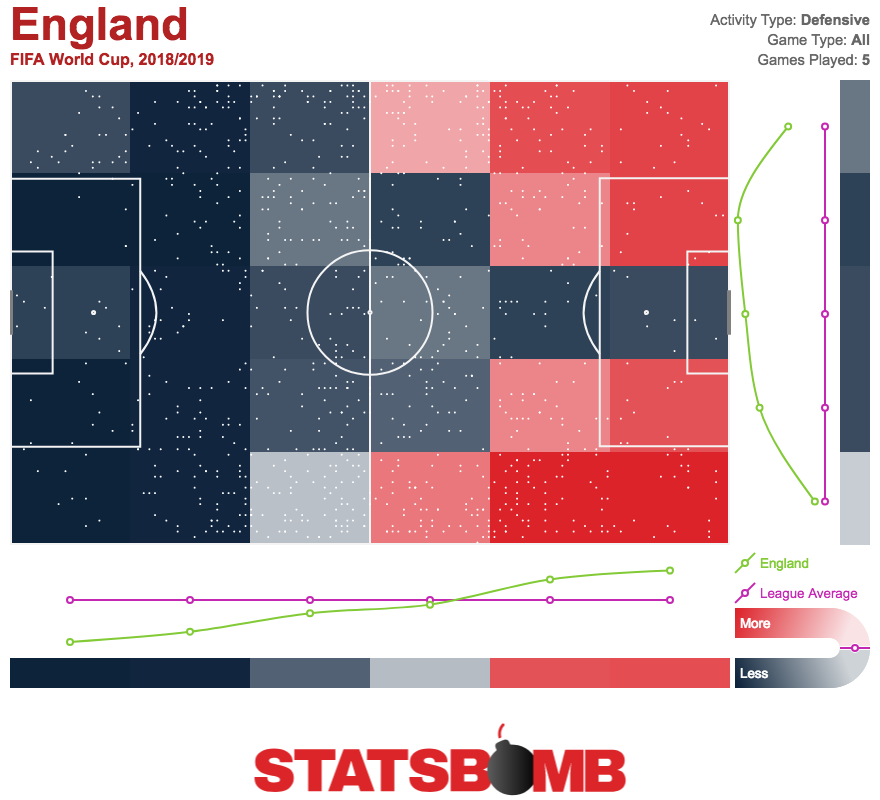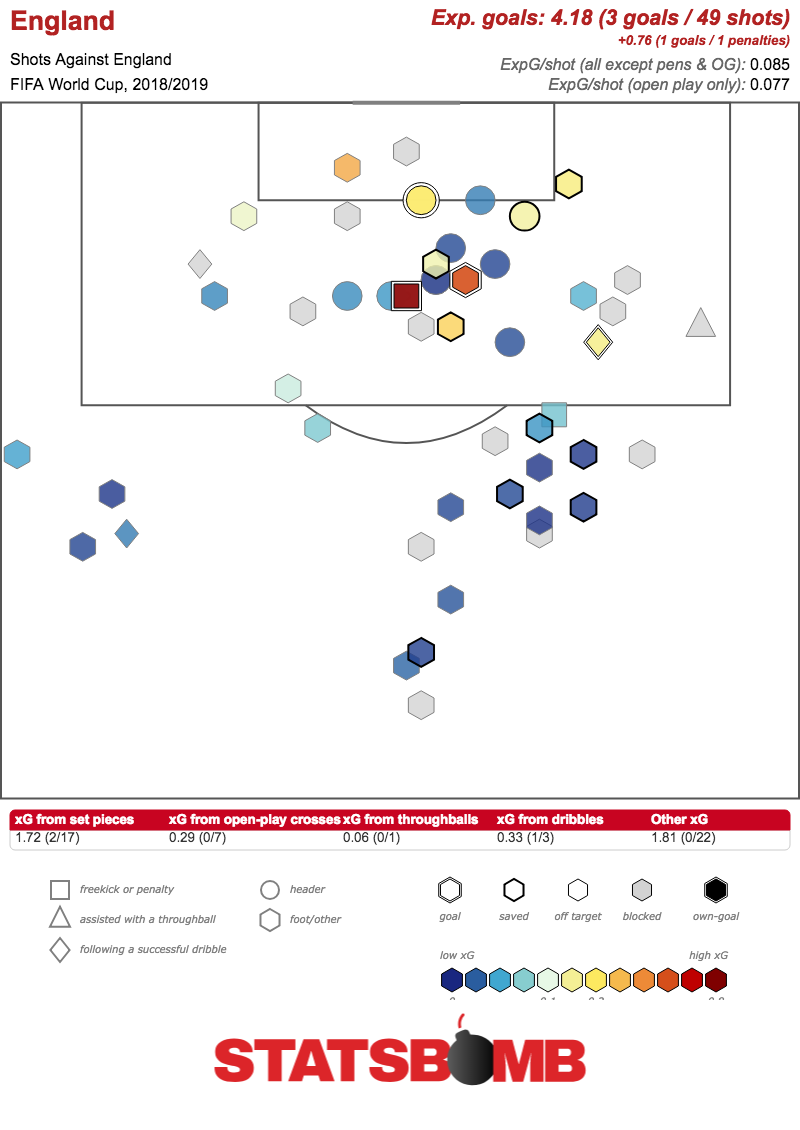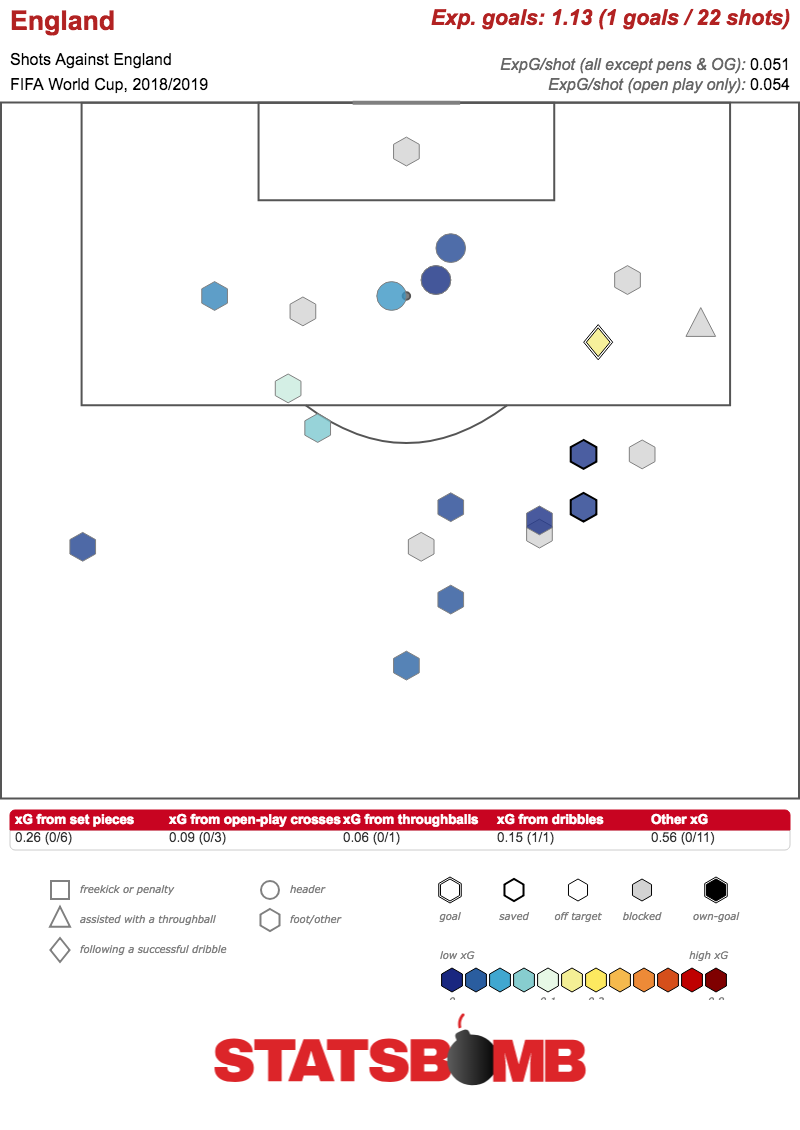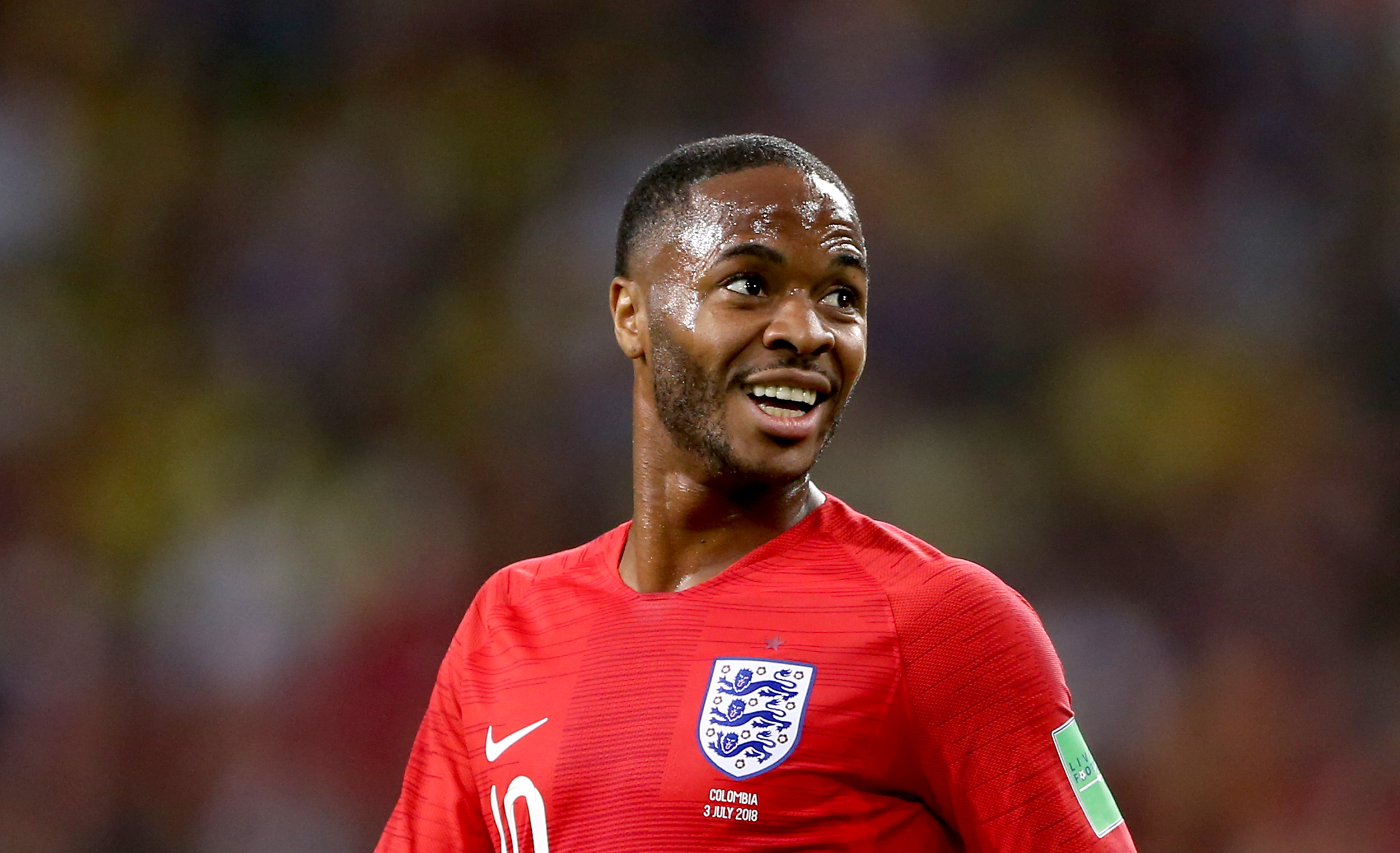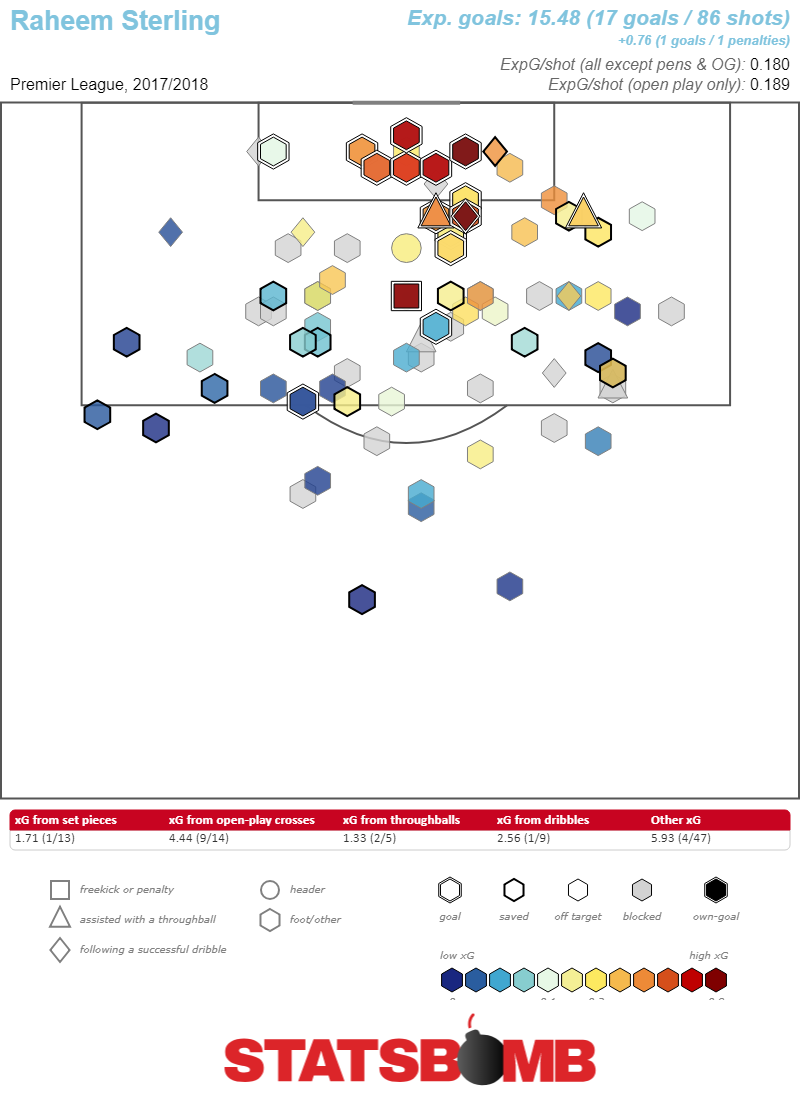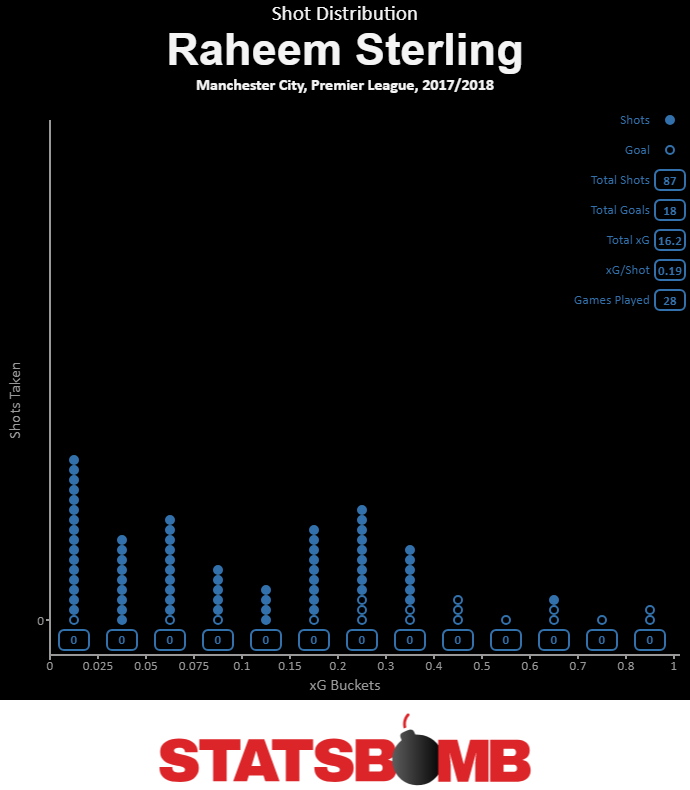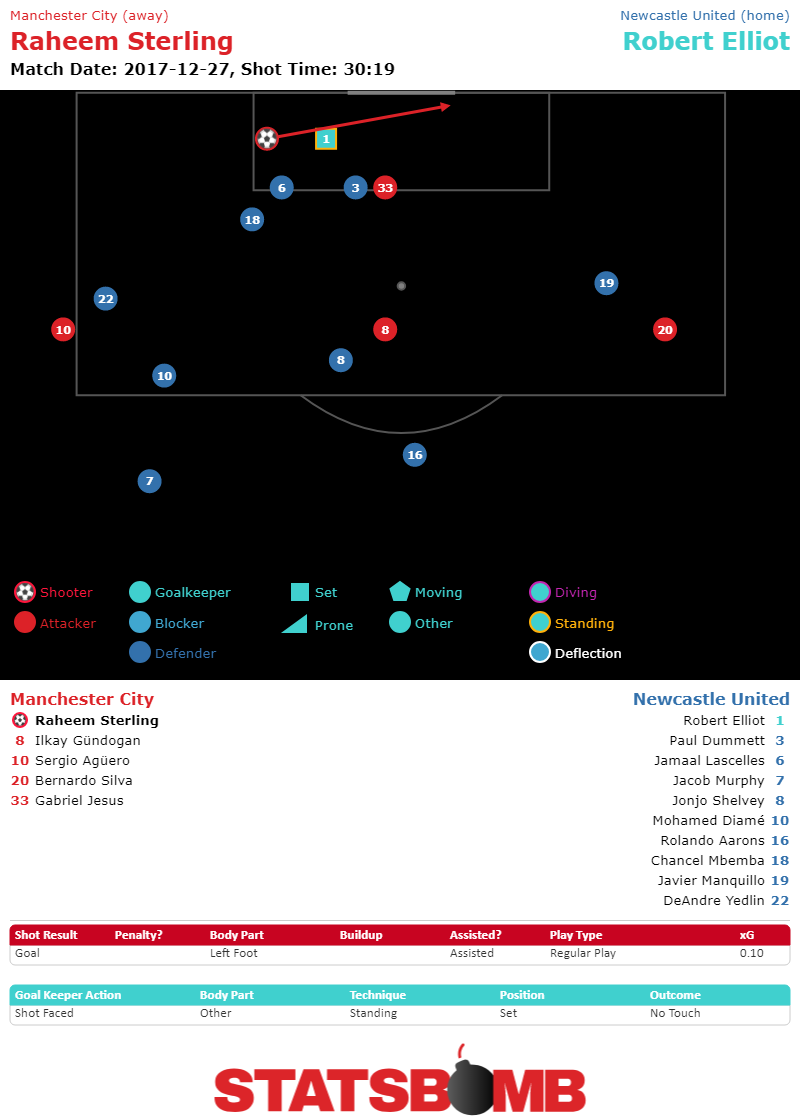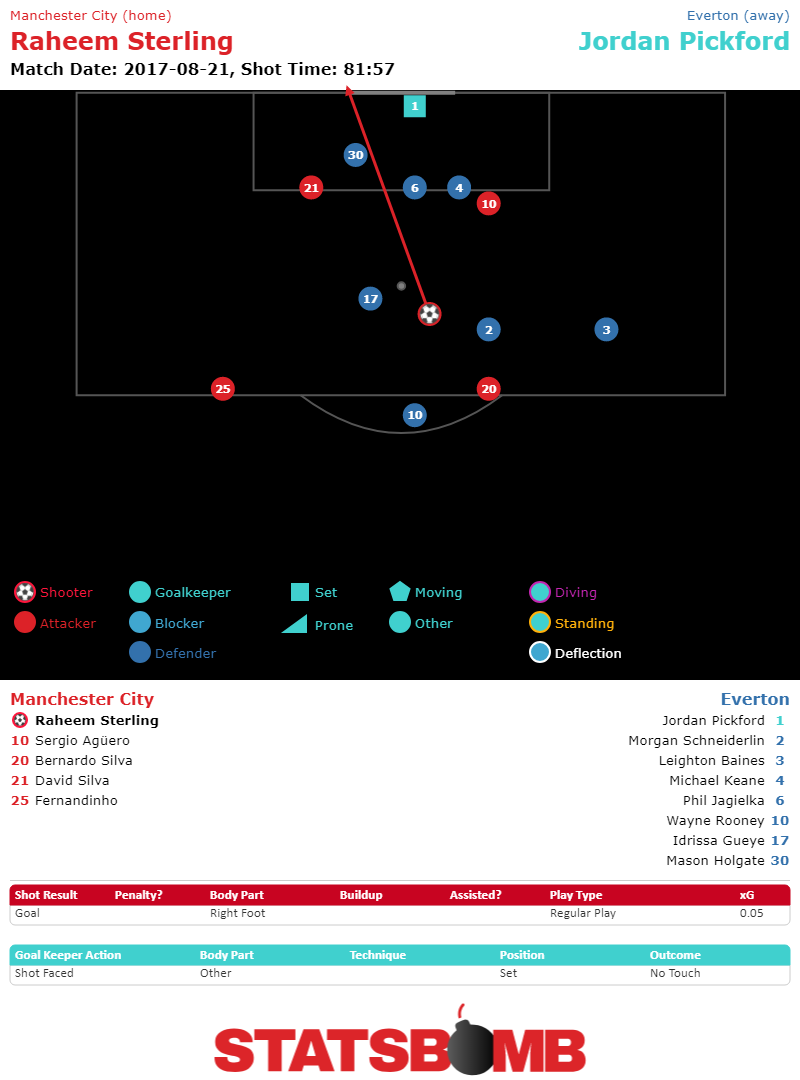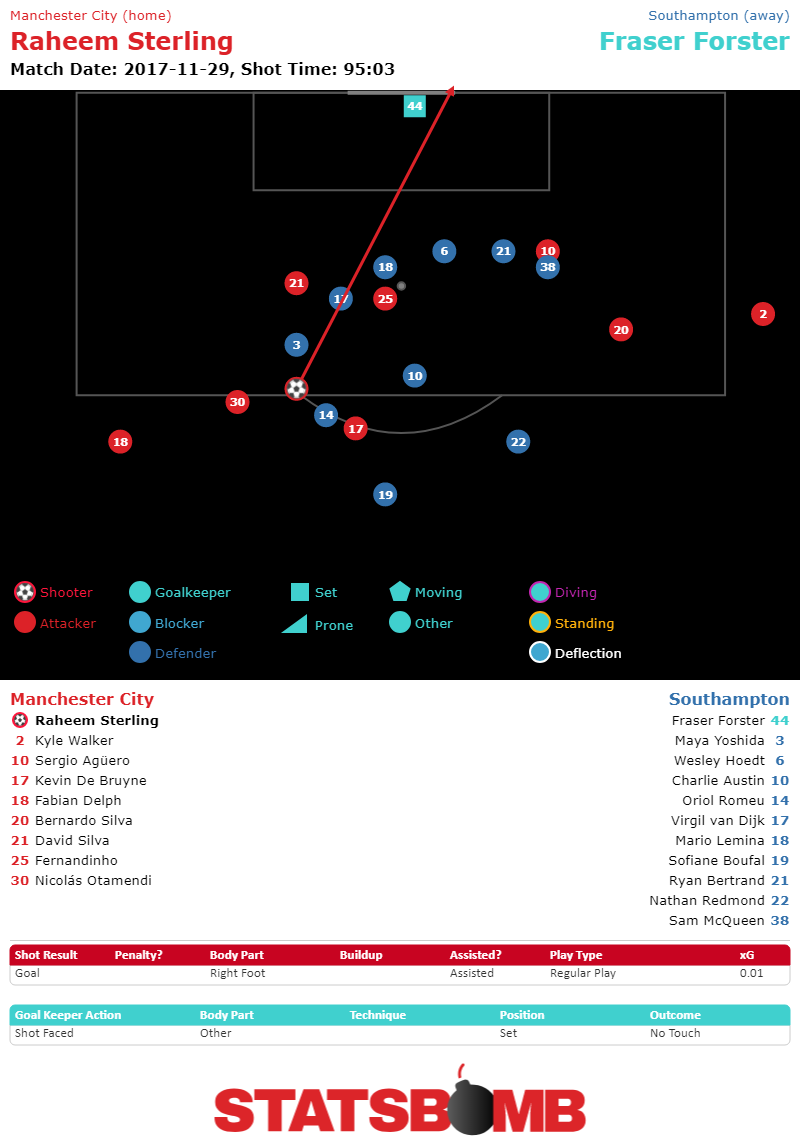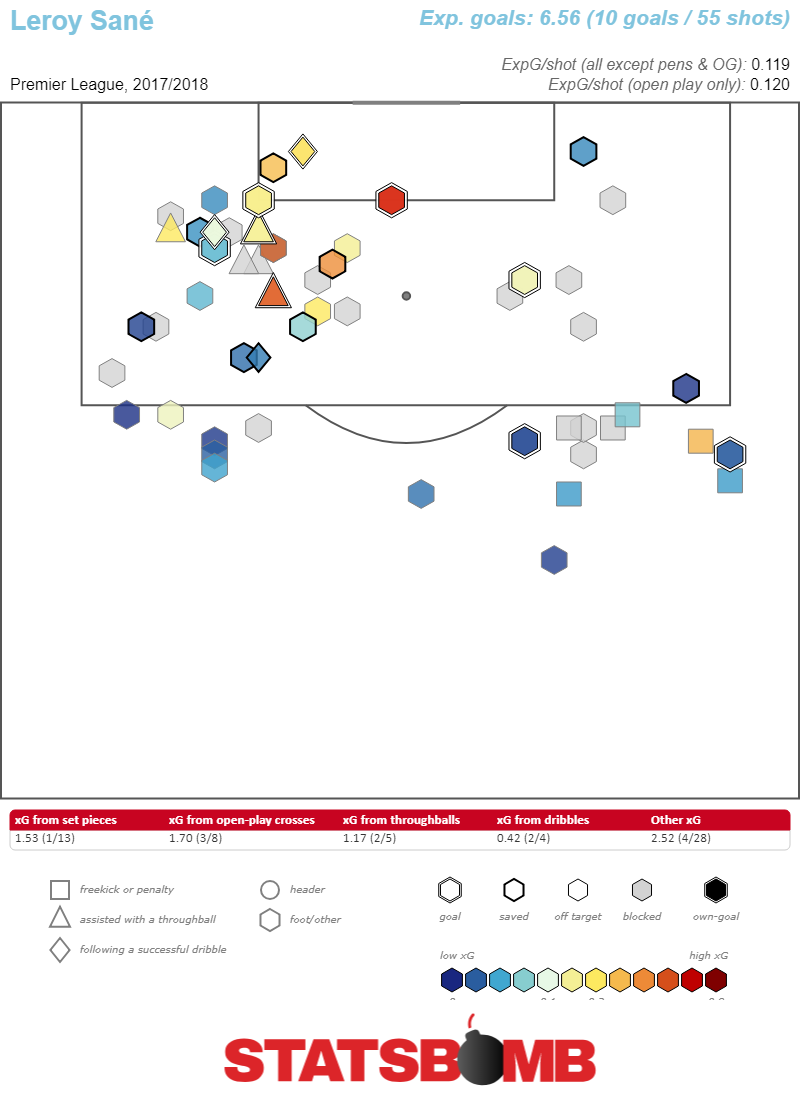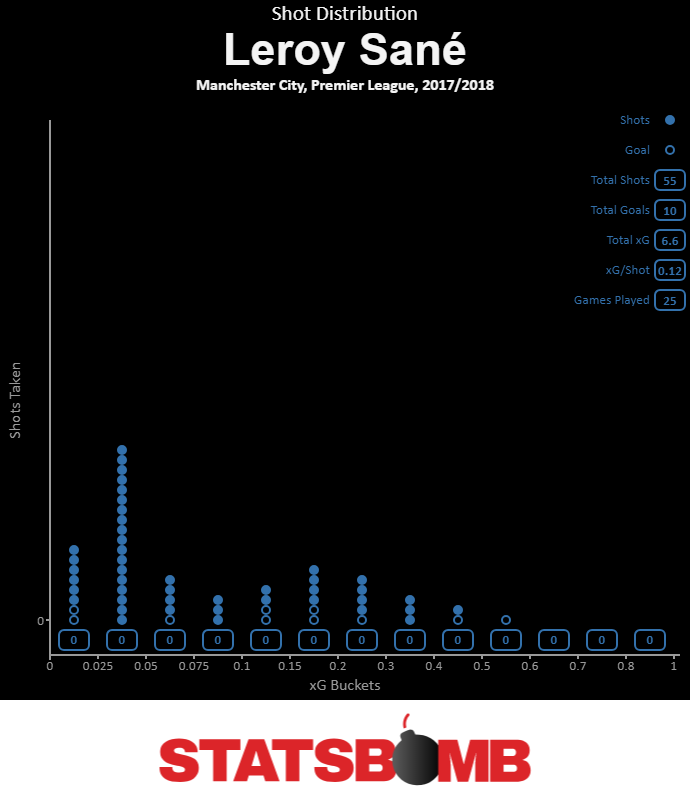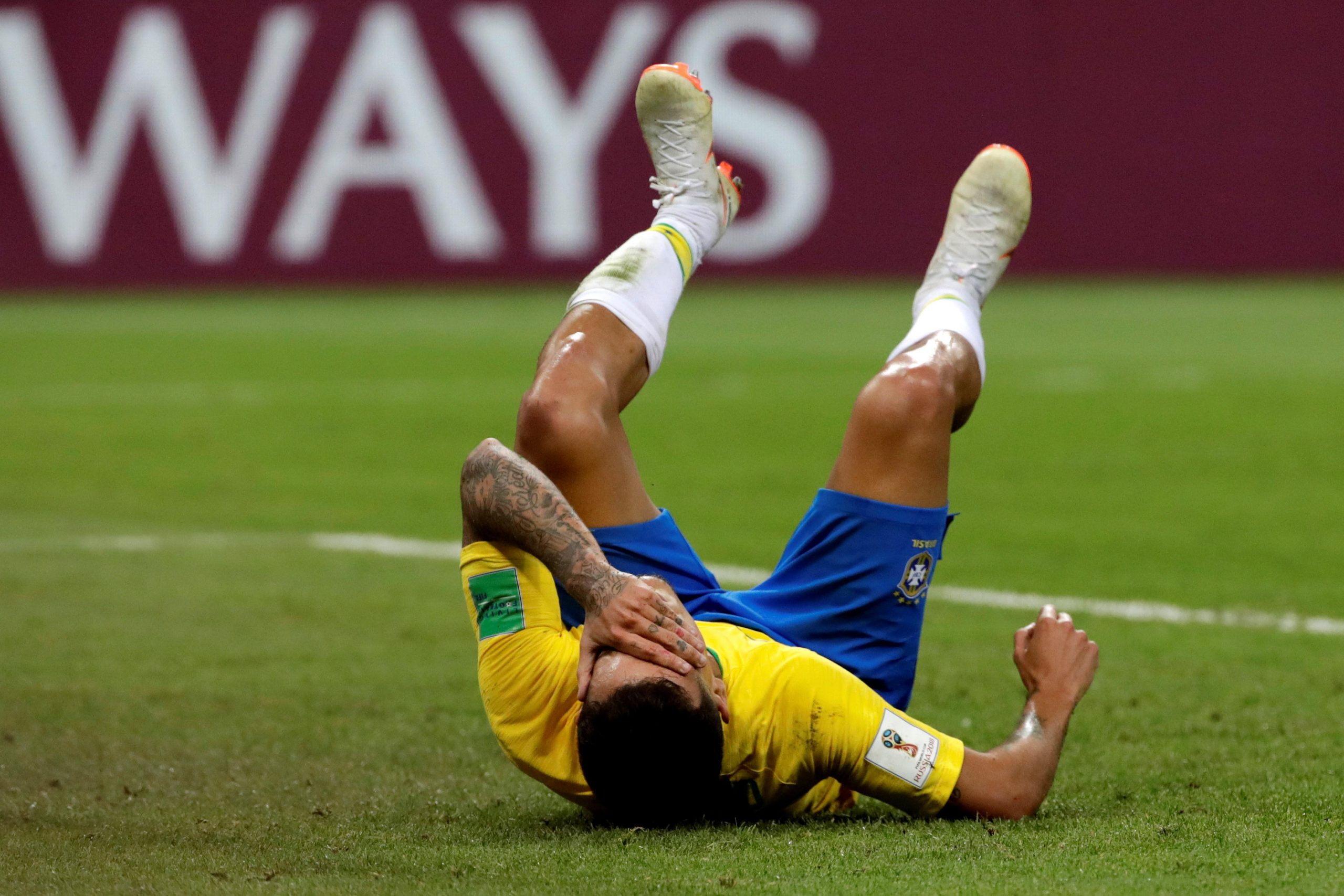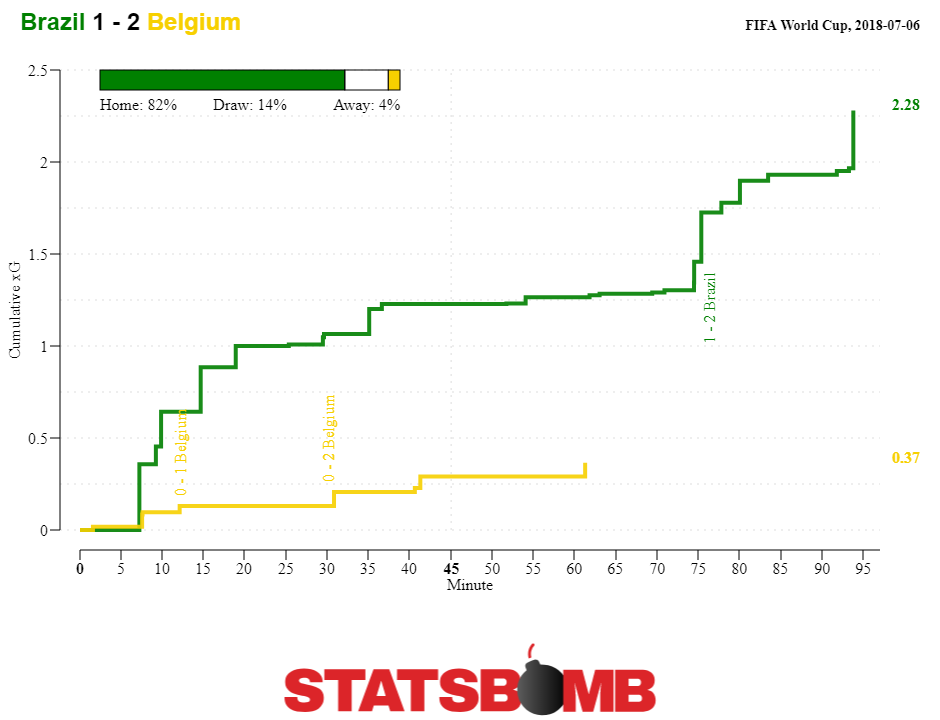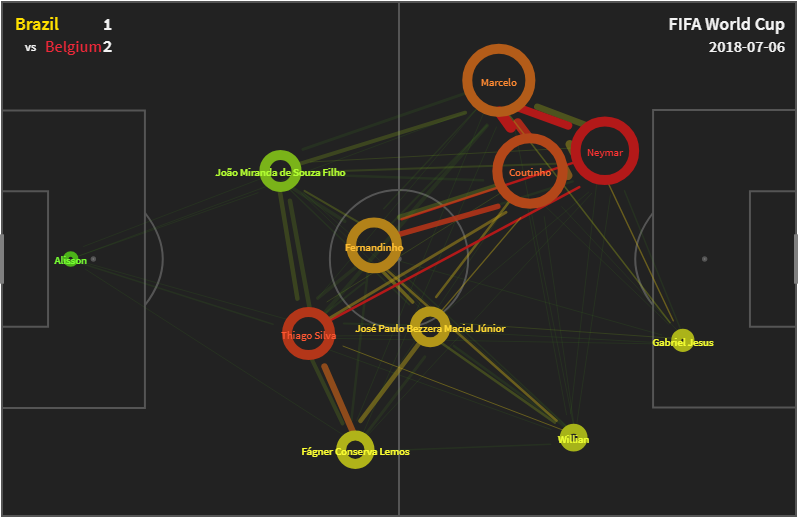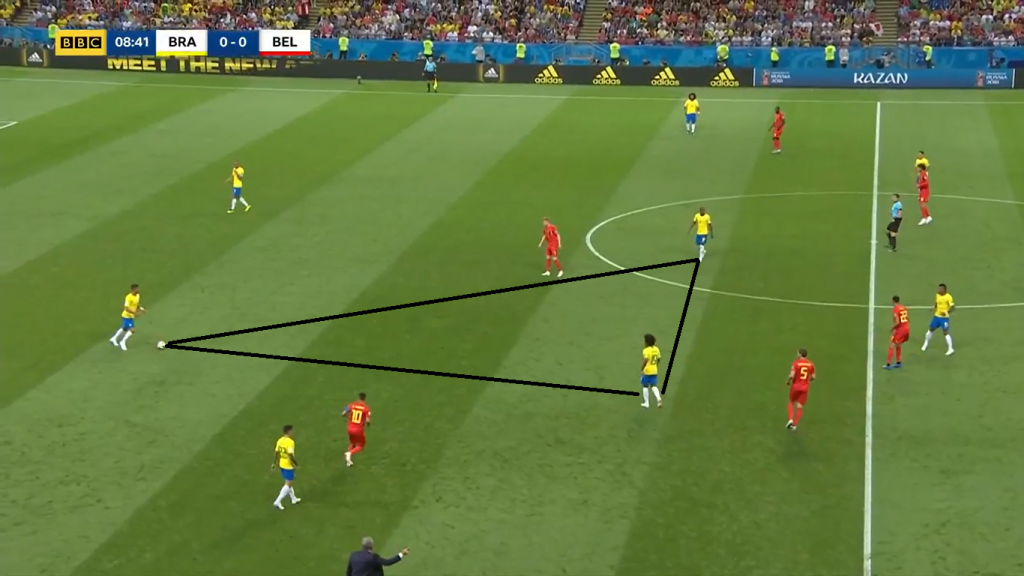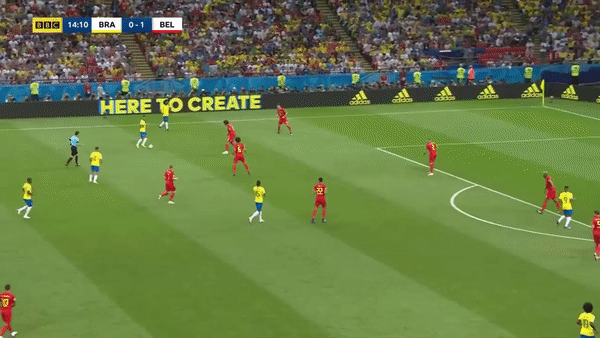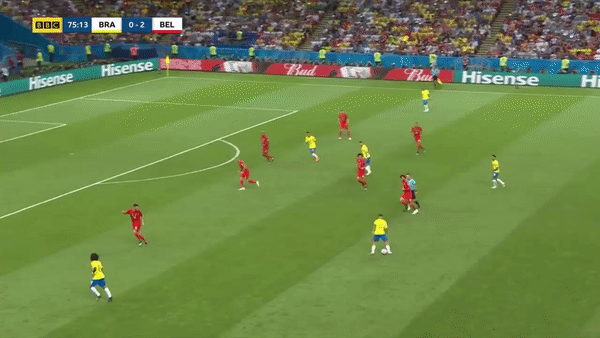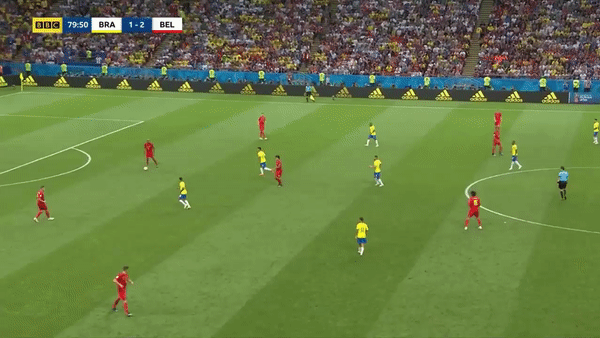In the wake of Cristiano Ronaldo’s shock move from Real Madrid to Juventus, the transfer market is waiting for the next shoe to drop. And one of those shoes looks a lot like Eden Hazard. Madrid is all of a sudden in the market for a superstar winger, and Eden Hazard has been Chelsea’s superstar winger for going on six years now. So, should Chelsea be willing to sell Hazard and reinvest the money to rebuild last year’s fifth place squad?
The Argument for Selling Hazard
Everything is price dependent, but one thing that’s undeniably true is that Hazard will never be more valuable than he is right now. There are a number of reasons for that. He’s 27 years old, and he plays a position where speed and agility are important. He doesn’t have that many years at the peak of his game left. Common wisdom is that it’s better to sell a year to soon than a year too late, and it’s hard to imagine there are going to be many summers after this one which won’t come after a drop in performance. In fact, last season was his second worst at Chelsea both in turns of total combined goals and assists and minutes played. Then there’s the relevant interested party. It’s not every summer that Real Madrid has money burning a hole in their pocket and a star of Ronaldo’s wattage needing replacement. And while it seems like Spain’s richest team is always splashing the cash, it’s actually been a quiet couple of years at the Bernabeu. Madrid haven’t made a truly major signing since they brought in James Rodriguez and Toni Kroos after the 2014 World Cup. There have been lots of smaller moves, bringing in players like Mateo Kovacic, Lucas Vazquez and Marcos Asensio to add depth and potential to the side, but the big name wheeling and dealing has largely stopped. Under the now departed Zinedine Zidane an odd thing happened at Madrid. For three years, the team was stable and consistent. It’s also the summer after a World Cup. It’s not like Hazard made his bones in Russia, he was already one of the world’s biggest names, but a star turn on the biggest stage never hurts. He scored three goals and added a couple of assists, playing an integral part of a front three which included Romelu Lukaku and (for the later stages of the tournament at least) Kevin De Bruyne. Belgium were one of the most fun, attacking sides to watch in the tournament, and Hazard was a big part of that. And finally, there’s the actual production. For all the obvious talent, Hazard’s top line numbers, his goals and assists have never been at super star level. Last season his non-penalty scoring contribution (the combination of non-penalty goals and assists) per 90 minutes was only 0.49, the 41st best mark of players in the league who played over 600 minutes. Twelve goals and four assists isn’t anything to sneeze at but take away a couple of penalties and it leaves good but not great, production. If Madrid's going to pay top dollar for that, it's at least worth it to listen.
The Argument for Keeping Hazard
The problem with judging Hazard simply by goals and assists is that he does so much with the ball that doesn’t directly show up in those numbers. At his best, he’s an epic ball progressor, able to effortlessly pick the ball up in his own half, and charge down the pitch leaving defenders in his wake. In the attacking third his ability on the ball pays dividends in ways that goal and assist numbers don’t quite measure. He unsettles defenses, committing an extra defender or two or three. By the time the ball leaves his feet the opposing defense is scrambling to recover and often times the dividends aren’t realized until several passes later. That’s why Hazard’s xGBuildup, his contribution to passing moves that ended up creating expected goals for teammates, is a strong 0.83. That’s 23rd in the league (among players who played more than 600 minutes last season), which seems low until you consider exactly how much Hazard was doing on his own. He might have been 23rd, but that’s in large part because there are 12 different Manchester City players ahead of him on the list, and five different Arsenal ones. The heavily possession based styles of Arsenal and City, and the fact that they ran up 2.03 and 1.69 expected goals per game respectively, stacks the deck way in their favor as compared to Chelsea’s 1.52 expected goals per game, which came from their more direct, less build-up heavy, style. Hazard was also seventh in the league in open play passes into the penalty box per 90 minutes with 2.96, a stat that really starts to get at what it is he does so well. In an attack that was allergic to pouring men forward, which often left only Hazard and a striker in advanced areas to create attacking moves, he still found ways to get the ball into the box. He progressed the ball forward for teammates and contributed to the attack, even if he was generally speaking in less advantageous positions than wingers on other top Premier League sides. That disadvantage will almost certainly change in the upcoming season. After years of playing under the restrictive systems of Antonio Conte and Jose Mourinho, Maurizio Sarri will be a tactical breath of fresh air. Players like Dries Mertins and Lorenzo Insigne flourished at Napoli under Sarri. They got to play in a system that emphasized using the ball to create chances, empowered midfielders to combine in creative ways to get them running at goal with three attackers ahead of them, and broadly rejected playing a closed style, in favor of taking risks. Hazard has simply never had the opportunity to play under a manager like Sarri at Chelsea. He has the skill set to thrive in ways that few other people in the world might. It’s possible that even if he begins to lose a little bit of his physical edge, being unleashed with the ball at his feet by a manager committed to getting the most out of his attacking talents will more than outweigh that decline, preserving his transfer value for another year or two. Beyond that, given the possibility of what Hazard might do under Sarri, it’s hard envision how Chelsea might get the equivalent bang for their buck on the open market if they had to replace Hazard. Giant price tags are had to invest smartly. Often times a team simply ends up paying the premium they received forward, in turn enriching the team they buy replacements from. PSG broke the bank for Neymar which led to Barcelona breaking the bank for Coutinho which led to Liverpool breaking the bank for Virgil van Dijk which led to Southampton smartly not shipping the money on….and also almost getting relegated. Reinvesting the windfall from selling a superstar for an outsized chunk of change can be done smartly, but it takes time, planning and a several windows of well prepared business. Replacing a superstar’s production involves immediately replacing them. Chelsea were a fifth place team last season, losing Hazard, and not replacing his contributions in buildup play and attack, would make it extremely difficult for them to qualify for the Champions League this season. Teams don’t simply lose their best attacker and get better. It’s possible that selling Harzard to Real Madrid might make the most long terms sense for Chelsea from a dollars and cents perspective. They may not ever get another chance to get the gigantic payday that Madrid could provide. But, if that offer can’t be effectively reinvested quickly then it still might be worth it. Persuading Madrid to overpay for Hazard only makes sense if Chelsea can take advantage of the king’s ransom. If they can’t, and with an accelerated transfer schedule this season it seems unlikely they’d be able to, then the team should at least give Hazard the chance to thrive under Sarri and see what happens. Header image courtesy of the Press Association
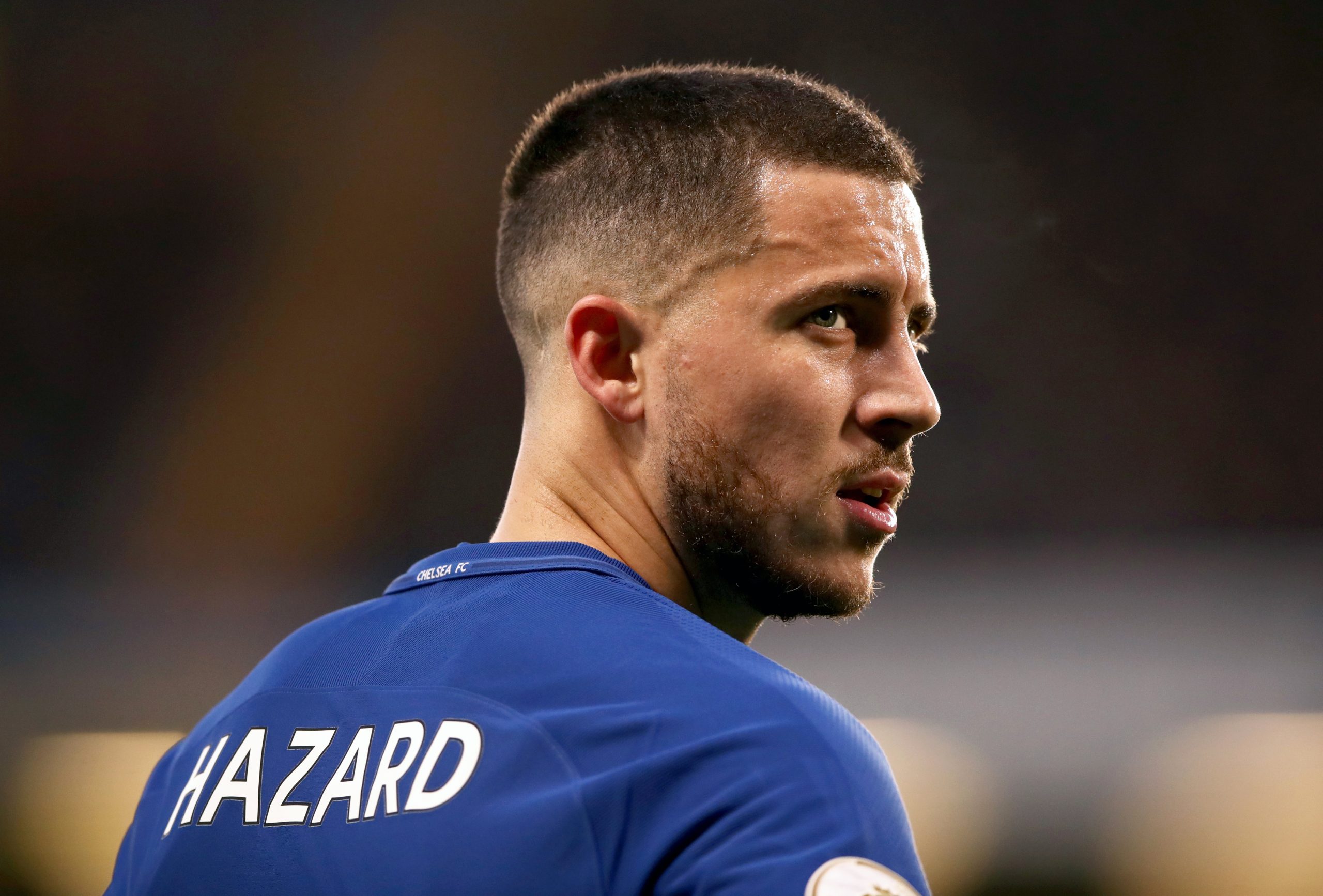
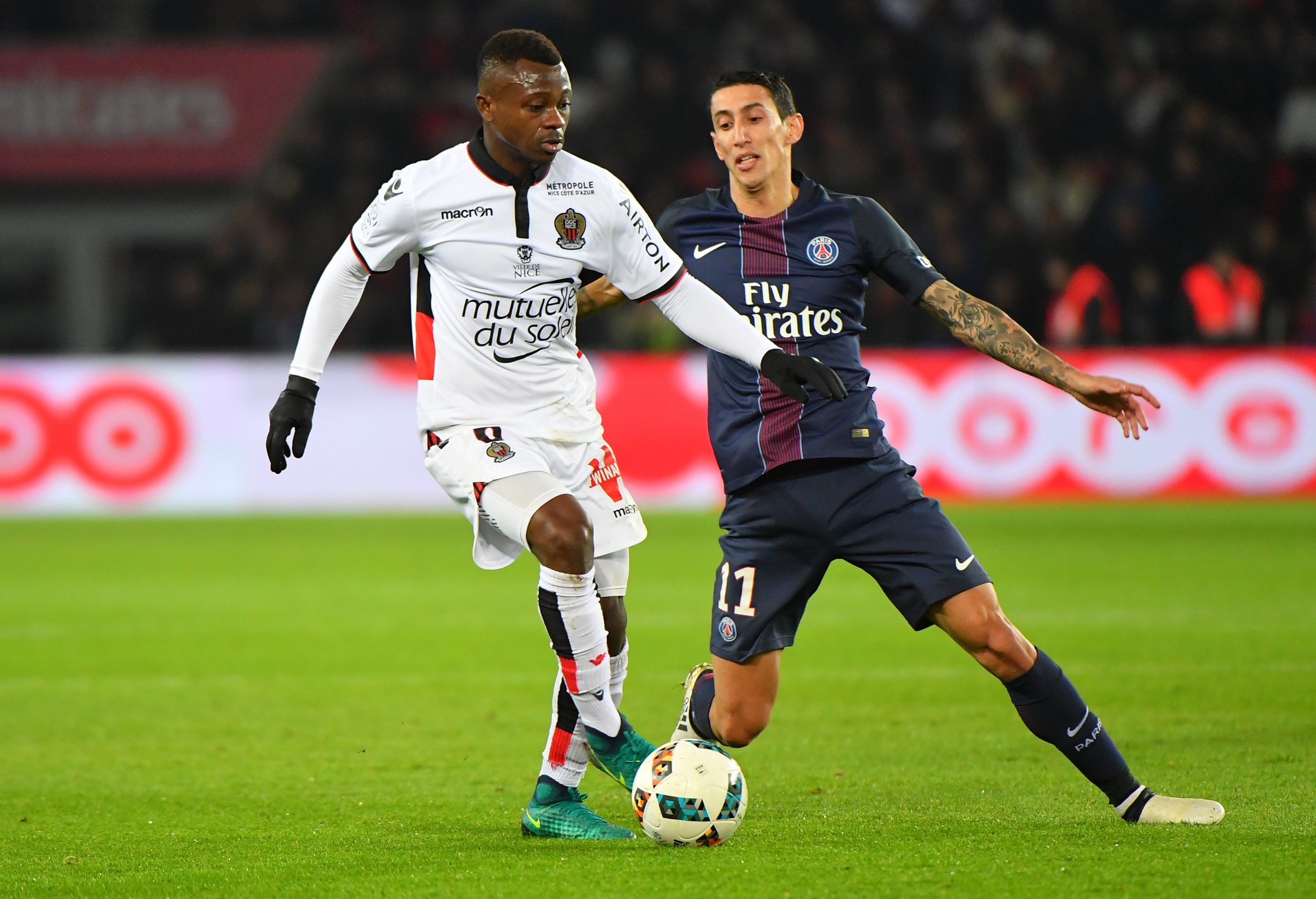
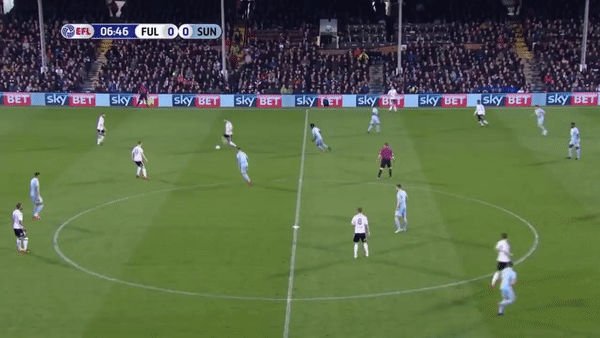
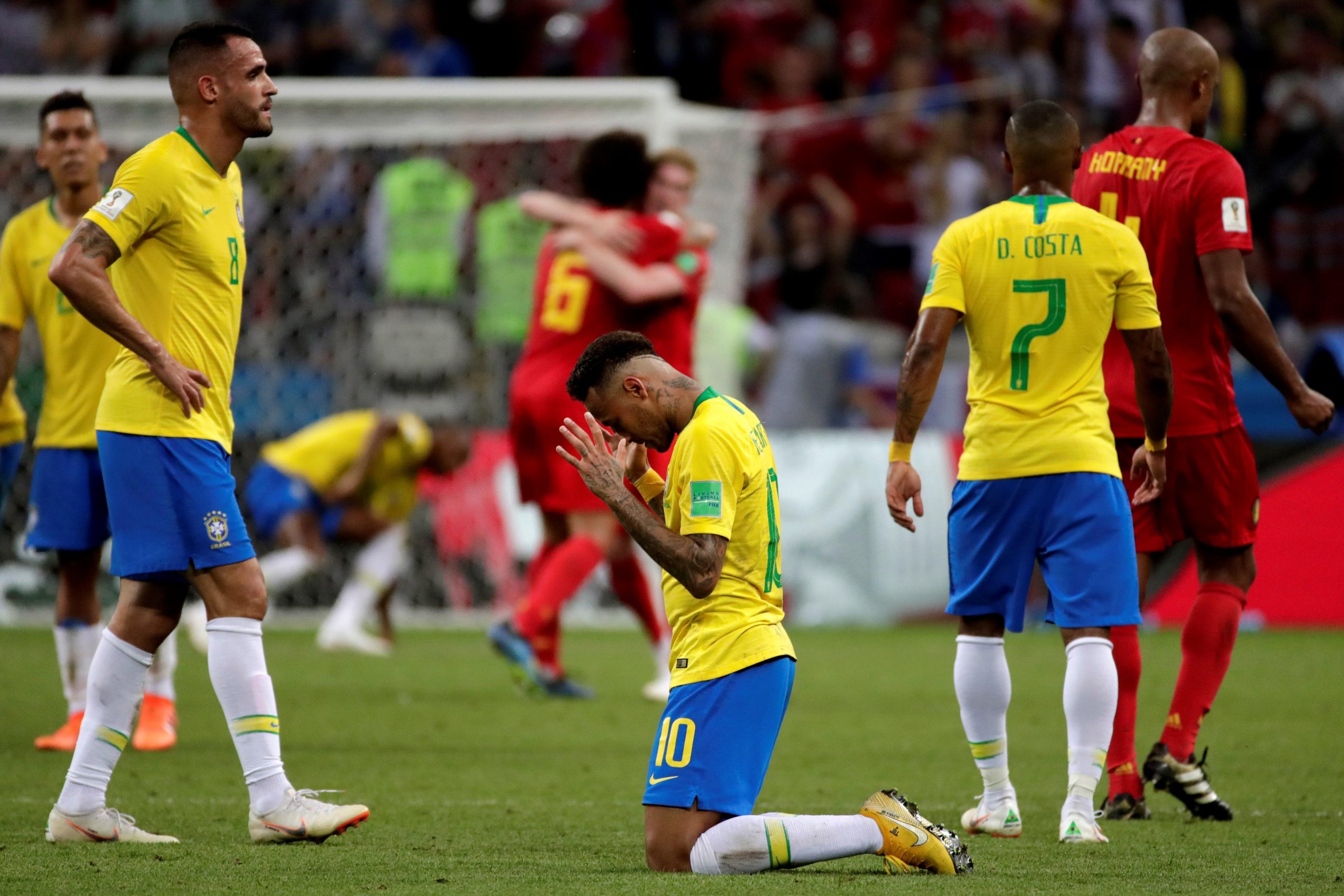
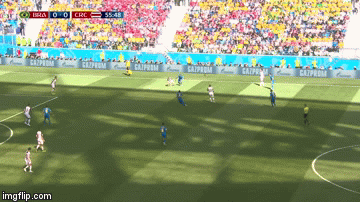
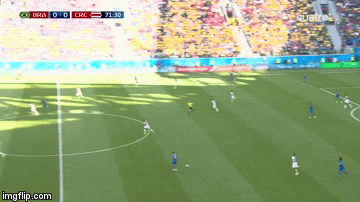
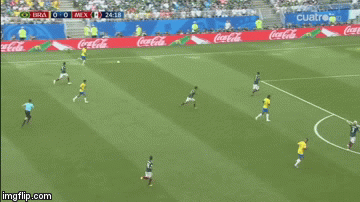
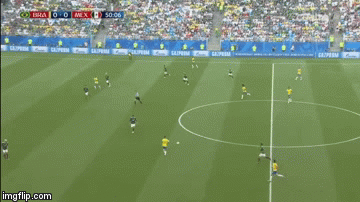
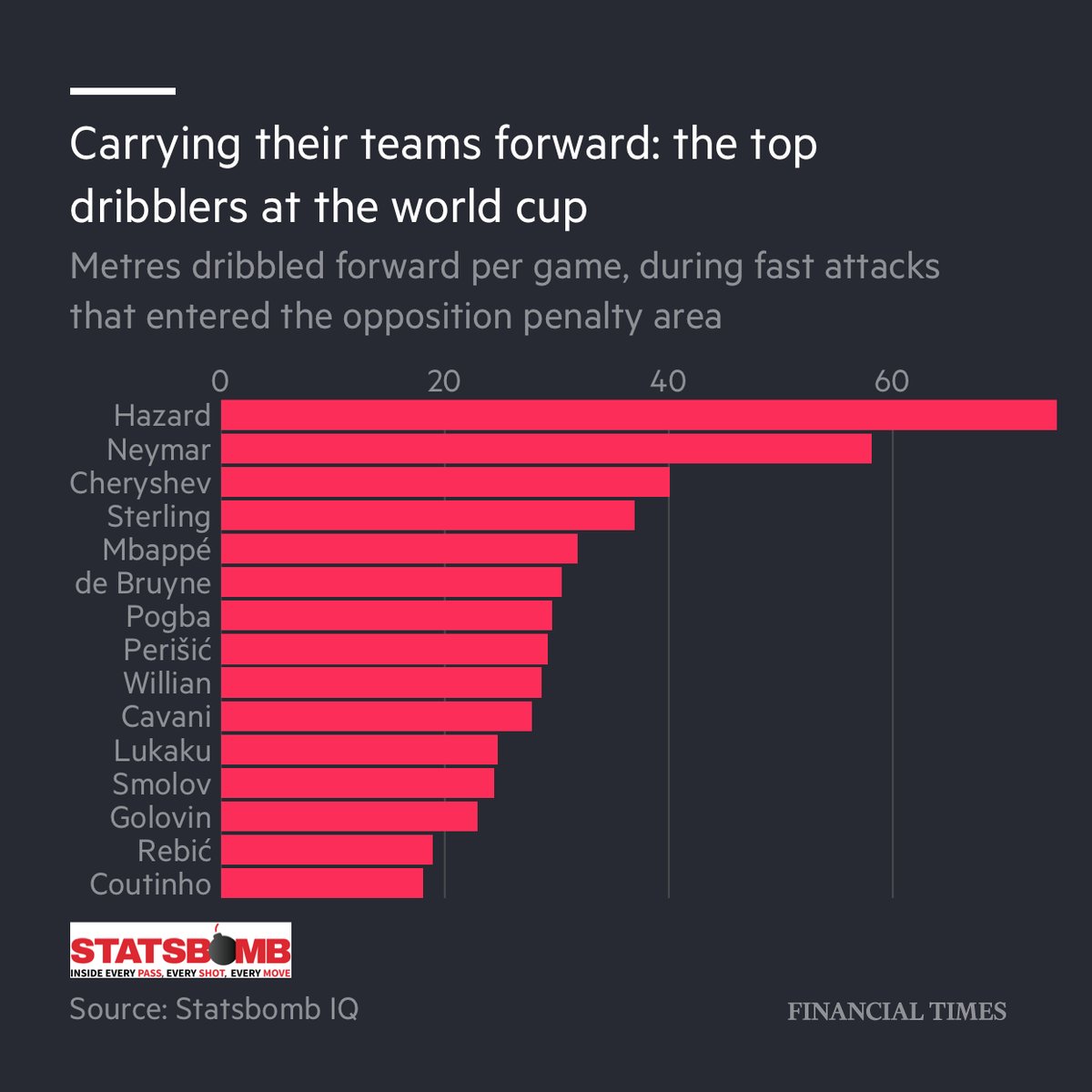
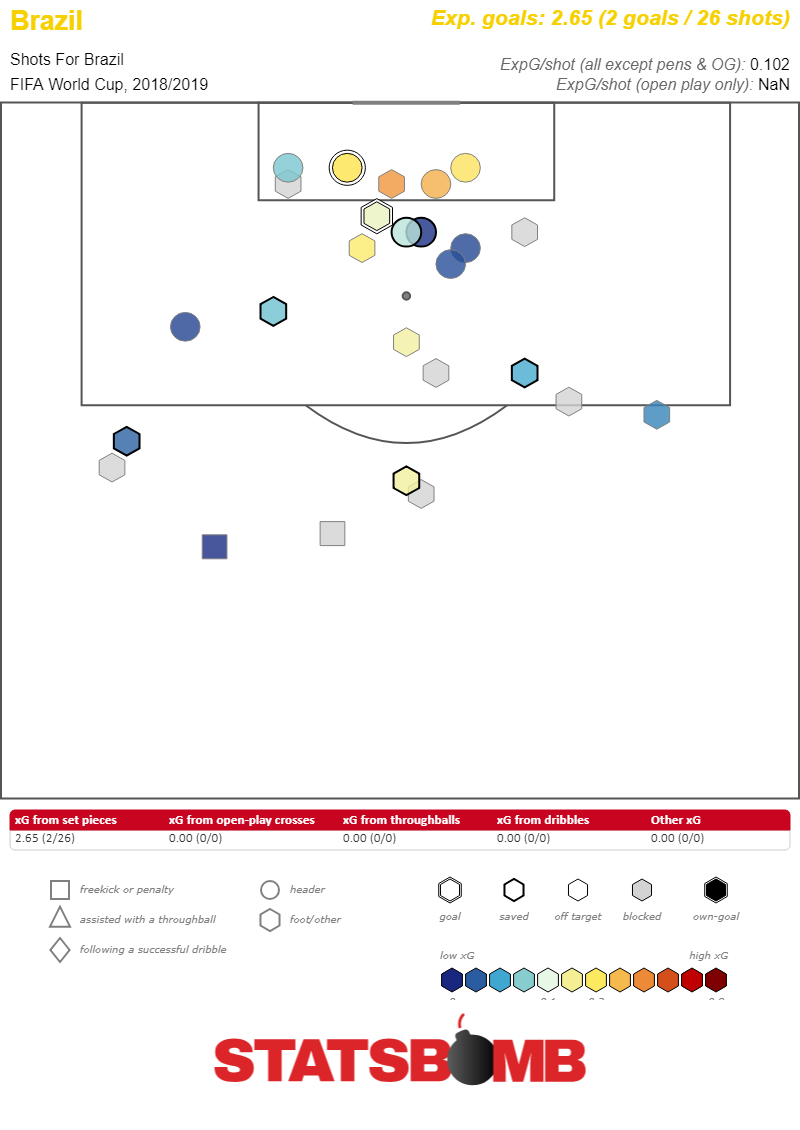

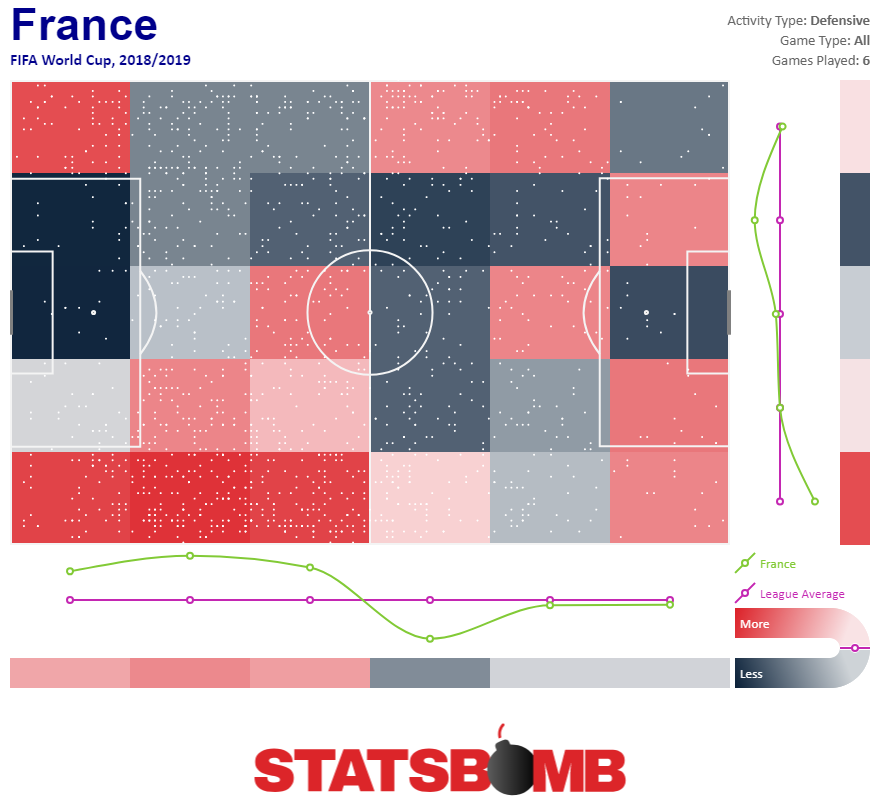
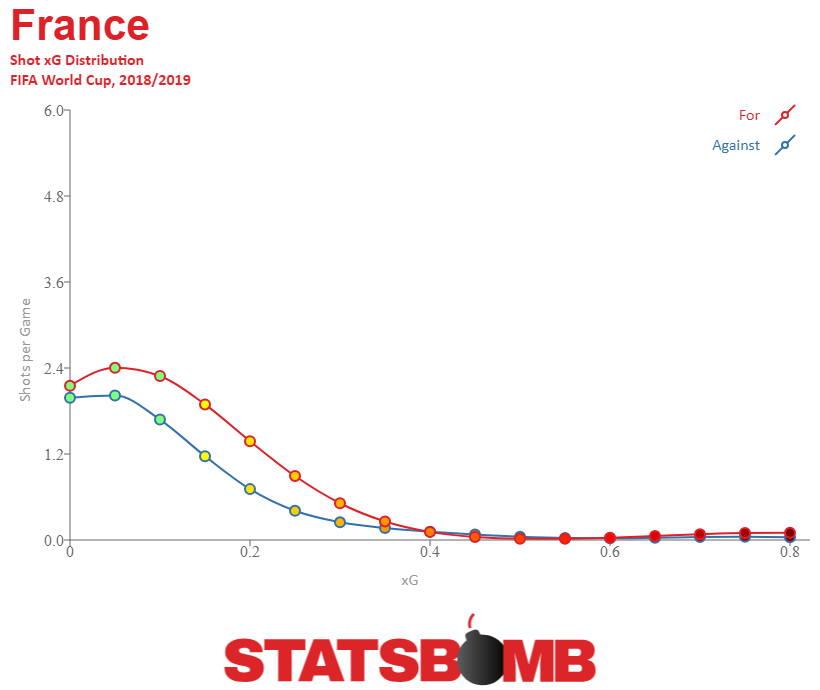

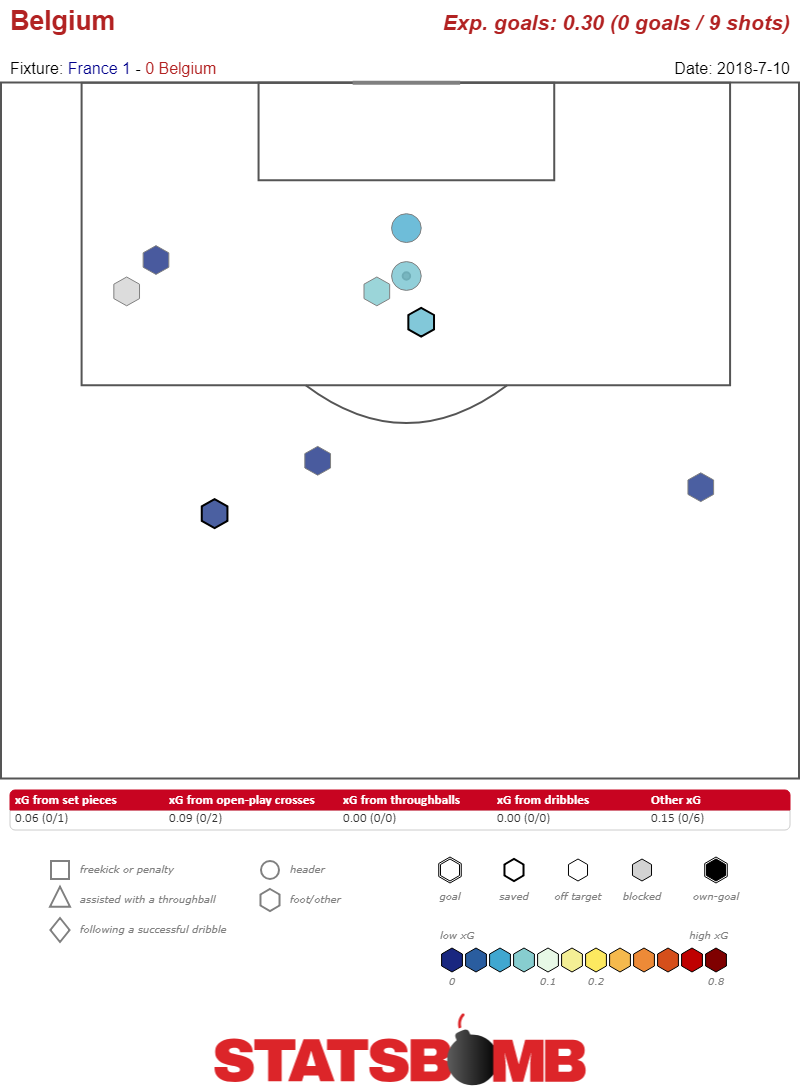
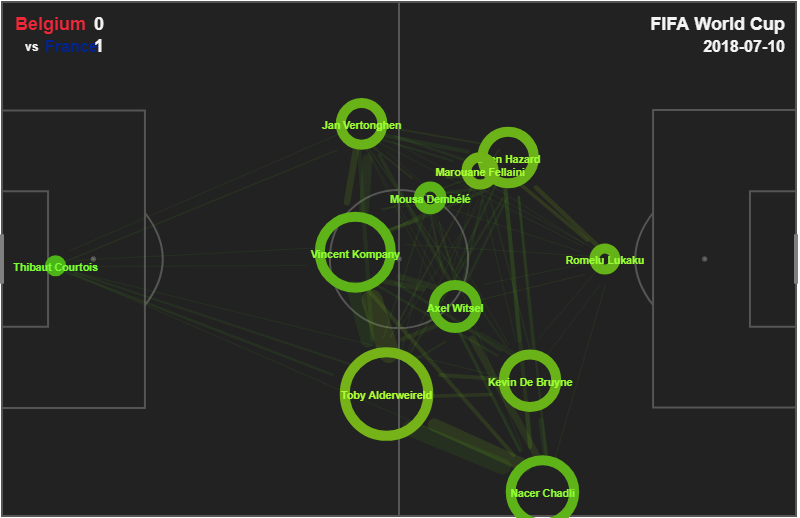
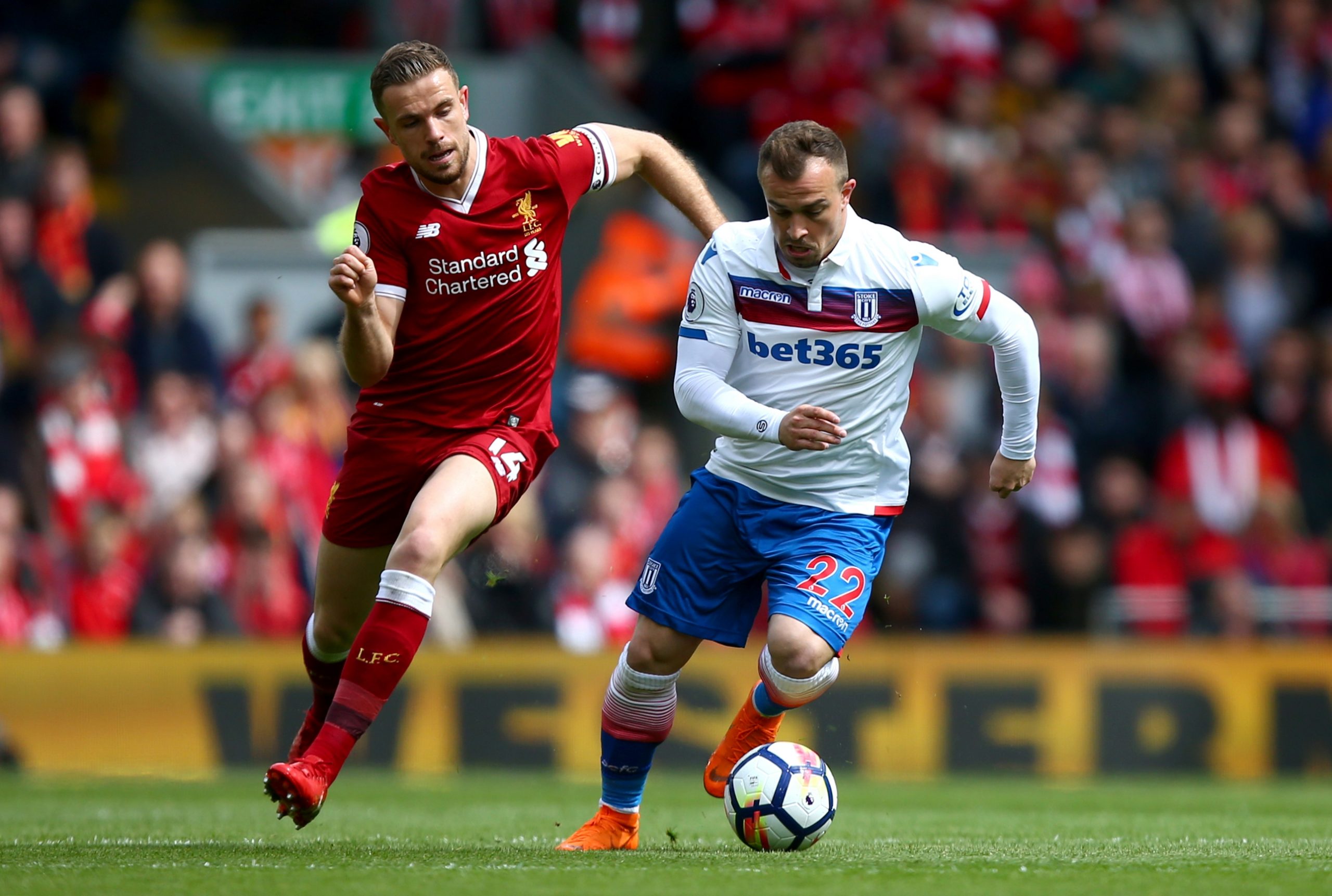
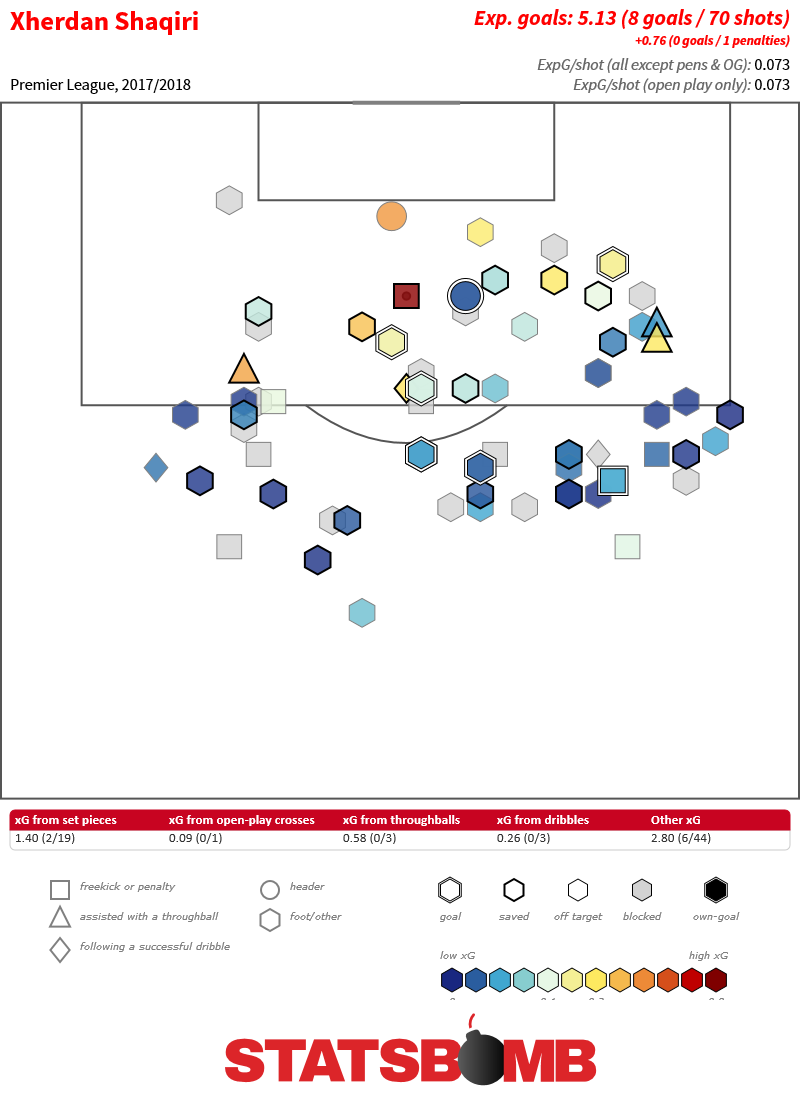 Unlike his NBA namesake, this Shaq doesn't much care to go to the rim. Shaqiri has scored memorable goals from range both for club and country but a player that appears to prioritise long range shooting appears to be slightly contrary to the idea that Liverpool are transitioning towards ever smarter shot locations, for which they certainly have the players. However, that may well slightly miss a necessary evil. Since the departure of Coutinho, who was variously feted and criticised for his long range shooting, usually depending on whether he was scoring them, Liverpool have lacked a go-to guy in that vein. It's not that plan A should involve hammering in shots from 30 yards, but if plan A is faltering at the face of a parked bus, the idea that Shaqiri can be a plan B late sub who can try and make things happen is reasonably appealing. Shaqiri's shot selection might be less than optimal, but his ability to get shots quickly may be part what has attracted Liverpool. Of the 50 players to take more than 50 shots in the Premier League last season, Shaqiri ranks fourth for the amount of them that were taken within ten seconds of his team gaining the ball, with nearly 50% of his shots coming this way, and two thirds of them coming within the five and ten second mark. Liverpool can be a fast countering team when they are allowed to be, and Shaqiri fits fairly well into that profile. Is his defensive work up to scratch?
Unlike his NBA namesake, this Shaq doesn't much care to go to the rim. Shaqiri has scored memorable goals from range both for club and country but a player that appears to prioritise long range shooting appears to be slightly contrary to the idea that Liverpool are transitioning towards ever smarter shot locations, for which they certainly have the players. However, that may well slightly miss a necessary evil. Since the departure of Coutinho, who was variously feted and criticised for his long range shooting, usually depending on whether he was scoring them, Liverpool have lacked a go-to guy in that vein. It's not that plan A should involve hammering in shots from 30 yards, but if plan A is faltering at the face of a parked bus, the idea that Shaqiri can be a plan B late sub who can try and make things happen is reasonably appealing. Shaqiri's shot selection might be less than optimal, but his ability to get shots quickly may be part what has attracted Liverpool. Of the 50 players to take more than 50 shots in the Premier League last season, Shaqiri ranks fourth for the amount of them that were taken within ten seconds of his team gaining the ball, with nearly 50% of his shots coming this way, and two thirds of them coming within the five and ten second mark. Liverpool can be a fast countering team when they are allowed to be, and Shaqiri fits fairly well into that profile. Is his defensive work up to scratch? 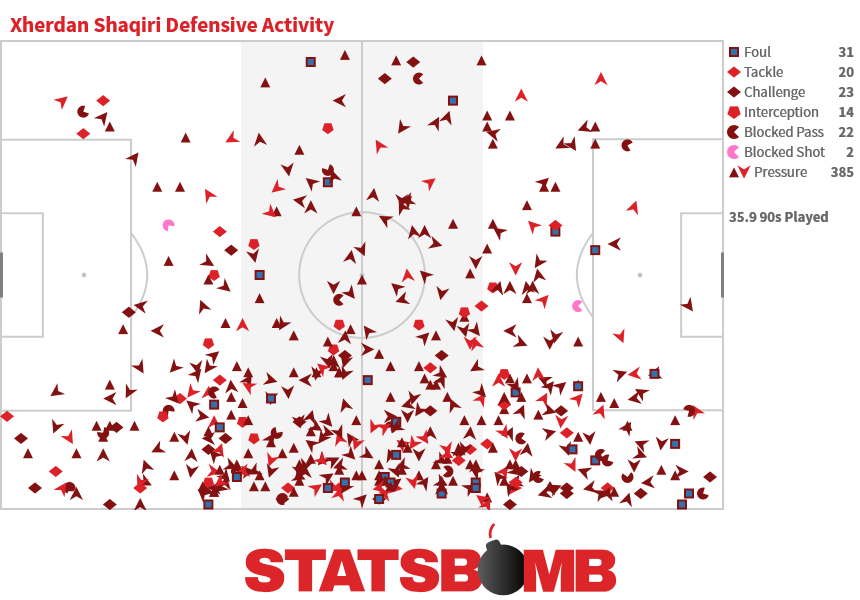 The total volume here is mid range at around ten pressure events per game and it's clear that he fairly rigorously kept to his flank last season. Liverpool's uber-pressers such as Roberto Firmino or Alex-Oxlade Chamberlain clock in at 20-plus pressure events per game, so there's room to catch up there, but Mohamed Salah was down on 14 per game, and it's not unreasonable to envisage Shaqiri as a Salah back-up, at least as one of his potential roles. What else do you get? He's a pretty competent set-piece taker both creatively and for shooting. He ranked 8th in the Premier League last season for chances created via set pieces at 0.92 per 90. When you consider James Milner was Liverpool's chief provider there and consider again the loss of Coutinho, the option of Shaqiri becomes again more logical. What’s the risk? Not very much. At best you reinvigorate Shaqiri and find the guy that was of sufficient class to be part of Bayern Munich’s squad for two and a half seasons, at worst you have a player who is capable of leading the team through cup fixtures and offering general squad depth. At the price, even if the transfer doesn’t work out, it would be hard not to recoup after a year or two. Were this a banner signing it would be far easier to criticise, but there's enough around the margins to see it as a reasonably smart play in an ever inflating market. It would be a surprise to see Shaqiri taking staring minutes away from Liverpool's dynamic trio of attackers, and it looks unlikely that he has enough versatility to drop further back into Liverpool's midfield. However, Liverpool did great work last season in incorporating better rotation into their team selections and fleshed out the squad effectively. They promoted from within with Trent Alexander-Arnold and Joe Gomez and hit the jackpot with another unheralded signing in Andrew Robertson thriving. More squad depth will do no harm, and the bottom line is that Liverpool are covering some areas that they are slightly lacking with Shaqiri. There's quite a lot of player in there for your £13.75 million. Header image courtesy of the Press Association
The total volume here is mid range at around ten pressure events per game and it's clear that he fairly rigorously kept to his flank last season. Liverpool's uber-pressers such as Roberto Firmino or Alex-Oxlade Chamberlain clock in at 20-plus pressure events per game, so there's room to catch up there, but Mohamed Salah was down on 14 per game, and it's not unreasonable to envisage Shaqiri as a Salah back-up, at least as one of his potential roles. What else do you get? He's a pretty competent set-piece taker both creatively and for shooting. He ranked 8th in the Premier League last season for chances created via set pieces at 0.92 per 90. When you consider James Milner was Liverpool's chief provider there and consider again the loss of Coutinho, the option of Shaqiri becomes again more logical. What’s the risk? Not very much. At best you reinvigorate Shaqiri and find the guy that was of sufficient class to be part of Bayern Munich’s squad for two and a half seasons, at worst you have a player who is capable of leading the team through cup fixtures and offering general squad depth. At the price, even if the transfer doesn’t work out, it would be hard not to recoup after a year or two. Were this a banner signing it would be far easier to criticise, but there's enough around the margins to see it as a reasonably smart play in an ever inflating market. It would be a surprise to see Shaqiri taking staring minutes away from Liverpool's dynamic trio of attackers, and it looks unlikely that he has enough versatility to drop further back into Liverpool's midfield. However, Liverpool did great work last season in incorporating better rotation into their team selections and fleshed out the squad effectively. They promoted from within with Trent Alexander-Arnold and Joe Gomez and hit the jackpot with another unheralded signing in Andrew Robertson thriving. More squad depth will do no harm, and the bottom line is that Liverpool are covering some areas that they are slightly lacking with Shaqiri. There's quite a lot of player in there for your £13.75 million. Header image courtesy of the Press Association